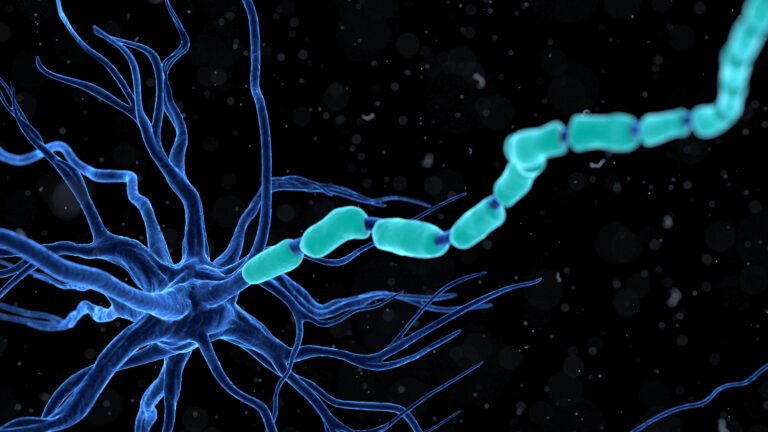**Exploring the Modulation of Microglial Activation as a Neuroprotective Strategy in Alzheimer’s**
Alzheimer’s disease is a complex condition that affects millions of people worldwide. It is characterized by the accumulation of amyloid plaques and tau tangles in the brain, leading to cognitive decline and memory loss. Recent research has focused on the role of microglia, the brain’s immune cells, in the progression of Alzheimer’s. Modulating microglial activation has emerged as a promising neuroprotective strategy to combat this disease.
### What Are Microglia?
Microglia are the brain’s first line of defense. They are like the bodyguards of the brain, constantly on the lookout for any signs of damage or infection. In Alzheimer’s, microglia become overactive and start to produce inflammatory chemicals that can harm brain cells. This overactivation is a key factor in the progression of the disease.
### How Can We Modulate Microglial Activation?
To combat Alzheimer’s, researchers are exploring various ways to modulate microglial activation. Here are some of the strategies being investigated:
1. **Xenon Inhalation**
– Xenon is a noble gas that can penetrate the blood-brain barrier. Recent studies have shown that inhaling xenon can induce microglia to adopt a more balanced, or “pre-neurodegenerative,” state. This state helps in reducing inflammation and improving the clearance of amyloid plaques, which are toxic to brain cells[1].
2. **Anti-inflammatory Agents**
– Drugs like minocycline, an antibiotic, have been found to shift microglia from a pro-inflammatory to an anti-inflammatory state. This reduction in inflammation can protect neurons and potentially slow down the progression of Alzheimer’s[4].
3. **Cytokine Modulators**
– Targeting pro-inflammatory cytokines such as IL-1β and TNF-α offers another strategy. These cytokines contribute to neuronal damage and cognitive decline. TNF-α inhibitors like etanercept have shown promise in reducing brain inflammation and improving synaptic function[4].
4. **Metabolic Modulators**
– Metformin, a medication commonly used to treat diabetes, has been found to influence microglial activity. It promotes an anti-inflammatory phenotype and enhances phagocytic function, which helps in clearing pathological proteins like amyloid beta and tau[4].
5. **CX3CR1 Modulators**
– The CX3C chemokine receptor 1 (CX3CR1) and its ligand, fractalkine (CX3CL1), play a crucial role in modulating microglial activity. Enhancing this signaling pathway can attenuate microglial activation, reduce pro-inflammatory cytokine production, and support neuronal survival[4].
### The Role of Exercise
Exercise is also being explored as a potential neuroprotective strategy. A recent study in rats suggests that aerobic exercise may influence the interactions between brain cells in the hippocampus, a region involved in learning and memory. Exercise has been shown to reduce inflammation and the abnormal accumulation of proteins associated with aging and Alzheimer’s disease[5].
### Conclusion
Modulating microglial activation is a promising approach in the fight against Alzheimer’s disease. By understanding how to balance microglial activity, we can potentially reduce inflammation, clear toxic proteins, and protect brain cells. While these strategies are still in the early stages of research, they offer hope for future treatments that could slow down or even halt the progression of this devastating disease.





